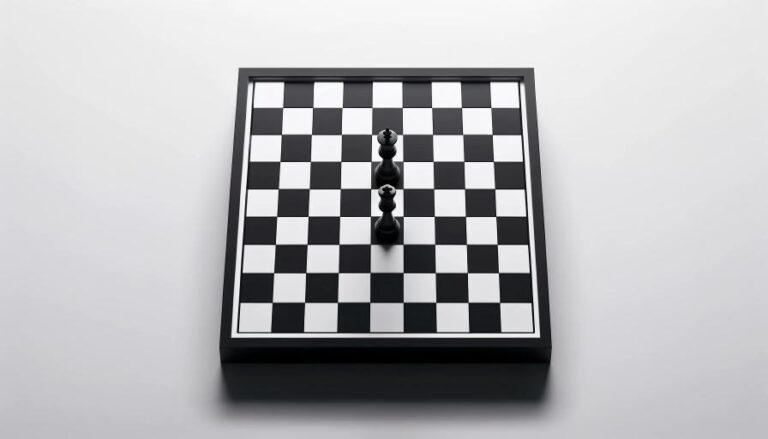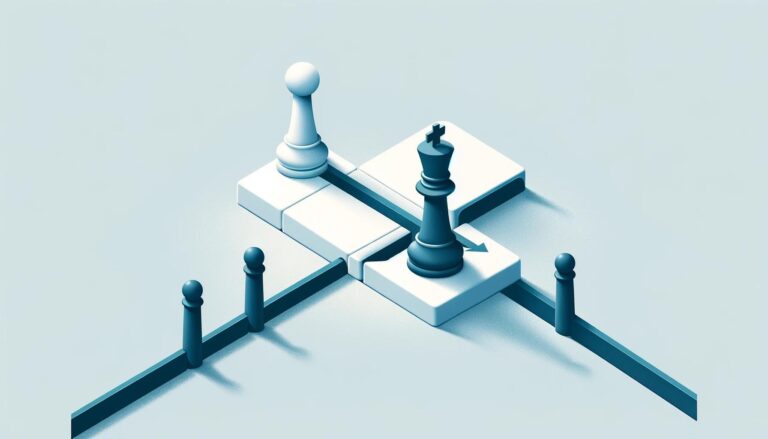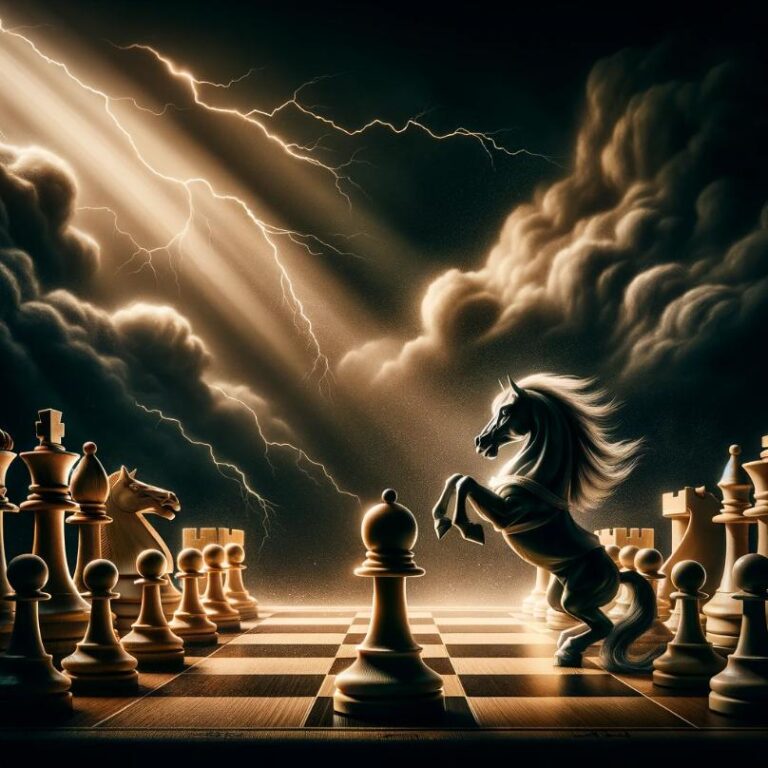Introduction
When talking about chess, the term “passed pawn” often comes up. It is a term that refers to a pawn that has made its way to the opponent´s side of the board without being blocked by any other pawns. This seemingly simple concept holds a great deal of power and potential in the game of chess. In this article, we will explore the significance of passed pawns in chess and how they can greatly influence the outcome of a game. We will delve into the strategies and tactics that revolve around utilizing passed pawns, as well as the various ways in which AI has been able to analyze the power and potential of advanced pawns.
The Power of Passed Pawns
One of the main reasons why passed pawns are so powerful in chess is because they are difficult to stop and can quickly turn into a powerful attacking force. When a pawn has made its way to the back rank, it can be promoted to a stronger piece, such as a queen, rook, bishop, or knight. This not only gives the player an extra piece on the board, but also gives them the advantage of having a stronger piece to work with. Additionally, a passed pawn can create a strong pawn chain, where it is supported by other pawns and can easily advance towards the opponent´s side of the board.
Strategies and Tactics
There are several strategies and tactics that revolve around utilizing passed pawns in chess. One of the most common strategies is to create a “pawn majority” on one side of the board. This means having more pawns on one side of the board compared to the other. By doing so, the player can create a passed pawn and use it as a battering ram to break through the opponent´s defenses.
Additionally, passed pawns can be used to create “outside passed pawns”, which are pawns that are isolated from the rest of the player´s pawns and can advance towards the opponent´s side of the board. These pawns can be particularly powerful in the endgame, where they can become a major attacking force.
AI Analysis of Passed Pawns
With the rise of AI in chess, algorithms have been developed that are able to analyze the power and potential of passed pawns. Through advanced analysis and calculations, AI can determine the optimal placement of a passed pawn, as well as the best timing for its advance. This has greatly enhanced the understanding and development of passed pawn strategies in chess.
Conclusion
In conclusion, passed pawns may seem like a simple concept in chess, but they hold a great deal of power and potential. They can create attacking opportunities, distract the opponent, and create strong pawn chains and blockades. With the help of AI, we have gained a deeper understanding of the significance of passed pawns in chess and how to effectively use them in our strategies and tactics. The next time you are playing a game of chess, keep an eye out for those passed pawns â they may just be the key to your victory.







